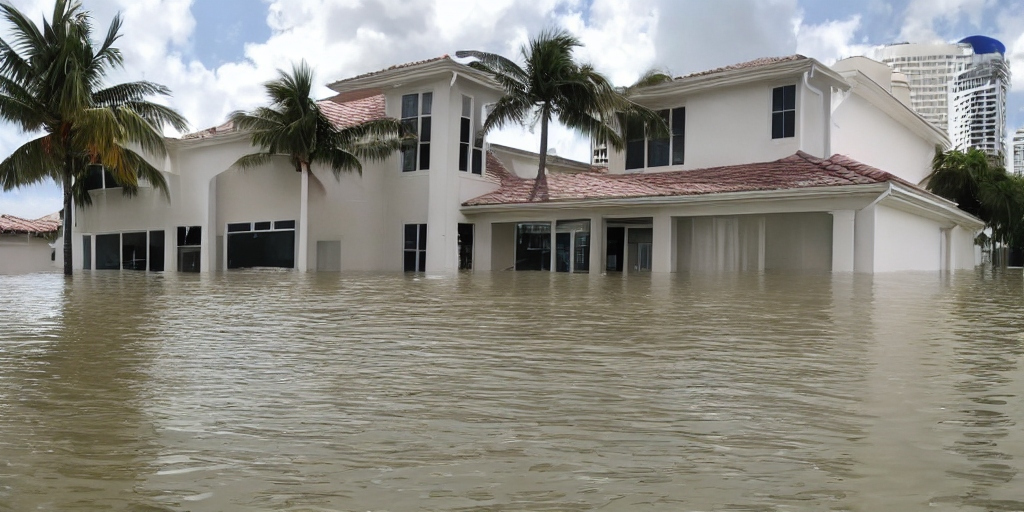Introduction
Siding serves as a protective barrier for your home, shielding it from the elements such as rain, snow, and ice. However, despite its intended purpose, siding can sometimes fail, allowing moisture to seep in and wreak havoc on your home’s structure. In this comprehensive guide, we will delve into the various causes of water damage siding, how to spot the signs of damage, and essential steps to address the issue effectively.
1. Understanding the Causes of Water Damage on Siding:
- Age and Wear: Over time, siding can deteriorate due to constant exposure to weather elements, leading to cracks and vulnerabilities that allow water infiltration.
- Clogged Gutters: Blocked gutters impede proper water drainage, causing water to overflow and seep behind siding.
- Roof Damage: Leaky roofs contribute to water intrusion, directing moisture down the exterior walls and behind siding boards.
- Brittle or Missing Caulk: Inadequate caulking around windows and doors creates openings for water to penetrate beneath the siding.
- Poor Installation: Incorrect installation methods can result in gaps and insecure attachment of siding, facilitating water infiltration.
Also Read: Dealing with Carpet Water Damage: Comprehensive Guide
2. Spotting Water Damage on Siding:
- Leaks and Water Stains: Visible signs of water damage include water stains on walls and ceilings, indicating moisture penetration.
- Peeling Paint: Premature deterioration of exterior paint suggests excessive moisture exposure.
- Rotted Wood: Soft, discolored wooden boards signal wood rot caused by water infiltration behind siding.
- Mold and Mildew: Presence of mold and mildew on siding indicates a moist environment conducive to fungal growth.
- Sunken or Protruding Nails: Abnormalities in nail appearance suggest movement and damage due to moisture infiltration.
- Loose or Warped Boards: Moisture exposure causes siding panels to warp or detach from the home’s exterior.
3. Effects of Water-Damaged Siding:
- Structural Damage: Prolonged water exposure can compromise the structural integrity of the home, leading to costly repairs.
- Energy Inefficiency: Damaged siding reduces insulation, increasing energy consumption and utility costs.
- Health Risks: Mold growth resulting from water damage poses health hazards to occupants, triggering respiratory issues and allergies.
4. Expert Tips to Address Water Damage Siding:
- Prompt Action: Upon detecting signs of water damage, take immediate steps to assess and address the issue to prevent further damage.
- Professional Inspection: Engage qualified professionals to conduct a thorough inspection and assessment of the extent of water damage.
- Siding Replacement: Consider replacing damaged siding with high-quality, water-resistant materials to enhance durability and protection.
- Proper Installation: Ensure proper installation techniques and waterproofing measures are implemented to prevent future water intrusion.
- Maintenance: Regular maintenance, including gutter cleaning and caulking inspections, helps prevent water damage and prolongs siding lifespan.

Also Read: Repairing Water Damaged Subfloors: A Comprehensive Guide
Conclusion
Water damage to siding is a serious concern that can compromise the integrity and safety of your home. By understanding the causes and signs of water damage, as well as implementing proactive measures and timely repairs, you can safeguard your home against the detrimental effects of moisture infiltration. Remember, protecting your siding means protecting your investment and ensuring the long-term durability and resilience of your home against the elements.










